
The extraordinary rise of solar power
Solar power is experiencing a remarkable surge
In 2023, the world deployed 447 gigawatts (GW) of new solar PV capacity. That’s an 87% increase from 2022 and 78% of all the new renewable capacity added last year.
Despite solar’s growth trajectory for over a decade, few analysts predicted the scale of the most recent rise. Yet it’s a culmination of the success of years of policy support, technological advancement and the global demand for cheap and adaptable renewable technology. At the current pace of growth, by the mid-2030s, solar PV is set to become the predominant source of electricity worldwide. In the International Energy Agency’s (IEA) net zero by 2050 scenario, solar energy becomes the world’s largest primary energy source—not just for electricity—by the 2040s.
While hydropower remains the largest renewable energy source, its growth has stalled due to limited investment and a lack of suitable sites. Wind energy projects outside China have faced challenges like inflation, rising capital costs, planning opposition, and supply chain issues. In contrast, solar power has thrived as production costs dropped post-pandemic due to global supply gluts and manufacturing efficiencies. BloombergNEF calculates that the cost of photovoltaic modules reached a global low of 11 cents per watt in 2024, although U.S. prices are higher due to tariffs on Chinese imports. Investment in solar PV is expected to reach $500 billion in 2024, nearly matching the $570 billion invested in upstream oil and gas.
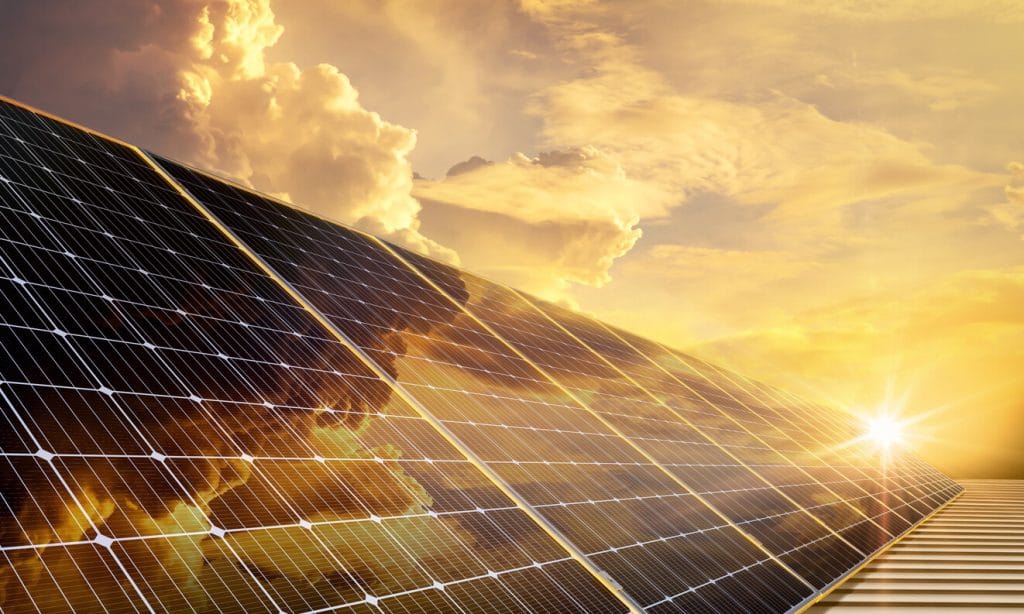
A long dawn
The ascent of solar energy has been a quiet revolution, building on decades of development. Its potential was first recognised in the 19th century. In 1839, French physicist Edmond Becquerel discovered the photovoltaic effect, the principle behind solar energy conversion. However, it wasn’t until 1954 that Bell Labs developed the first practical silicon solar cell, which could convert sunlight into electricity with an efficiency of about 6%.
Despite this breakthrough, early solar cells were primarily used in niche applications such as powering satellites in the 1960s and 1970s. The high cost of production and low efficiency made them impractical for widespread terrestrial use. Despite initial excitement, the general public and many policymakers did not yet grasp the broader potential of solar energy.
The turning point for solar came slowly at first and then suddenly in the last twenty years.
Two critical developments have occurred: technological advancements, which have dramatically reduced the cost of solar PV production, and policy commitments from governments globally.
Technological advancements
Improvements in manufacturing processes, economies of scale, and innovations such as thin-film solar cells and more efficient photovoltaic materials have drastically reduced the cost of solar power.
Policy support and global adoption
Government policies and subsidies have been crucial in promoting solar power adoption. Feed-in tariffs, originally championed in Germany in the mid-2000s, and tax credits, such as the US’s Investment Tax Credit (ITC) introduced in 2005, have been widely adopted in the last two decades. Japan and Germany led the initial phase of solar adoption, but now, as with so many other facets of the clean energy transition, China has become the largest consumer and producer of solar PV.
The turning point for solar came slowly at first and then suddenly in the last twenty years.
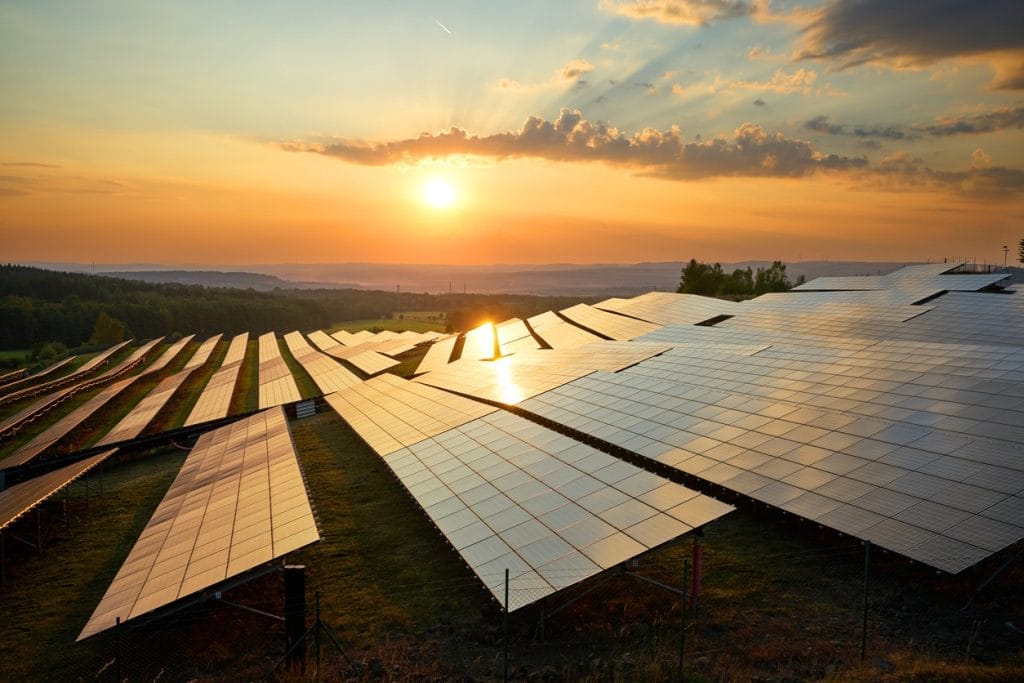
Diverse demand
A critical reason for solar’s rapid growth is its universal applicability—it can be utilised by almost every end-user, from individuals to large corporations. Whether that’s a homeowner in Europe with panels on their roof, a person in South America who wants to charge their phone, farmers in Kenya using solar energy to power a refrigeration unit or the world’s largest solar-powered data centre (16,000+ m²) in Dubai. The technology is essentially the same.
This broad demand base not only drives solar energy’s growth but also enhances its economic viability. As more diverse groups invest in the technology, economies of scale reduce costs further, making solar power even more accessible and attractive.
Some drawbacks come from the rapid rise of solar and its penetration into national power grids. Like wind, solar is intermittent, and although solar panels are becoming more sensitive, they still need the sun to produce energy, which is not helpful in the Northern Hemisphere winter at higher latitudes or at night.
Most electricity grids work on a “merit order”, which means suppliers are paid based on the highest price needed to meet demand at any given time. When low-cost solar power floods the market, it often drives electricity prices to zero or even negative, as seen recently in solar-rich regions like Spain, Portugal, Germany, France, California, and Texas. The frequency of low or negative prices during peak solar generation times reduces the revenues for other power plants, such as gas, coal, and nuclear. These plants—crucial for delivering baseload power without widespread battery storage—may struggle to remain economically viable if they cannot generate sufficient income to cover costs.
Managing solar energy’s intermittency challenges will be crucial as our reliance on PV technology grows. We are seeing some progress, but that must accelerate in line with the growth of solar installations. Advancements in battery storage technology, which can store excess power during peak demand times, are becoming more cost-effective but still not commercially viable. National grids are being modernised with smart technologies for real-time management, but many are still built for a different energy age and are creating bottlenecks for greater solar integration.
Managing solar energy’s intermittency challenges will be crucial as our reliance on PV technology grows.
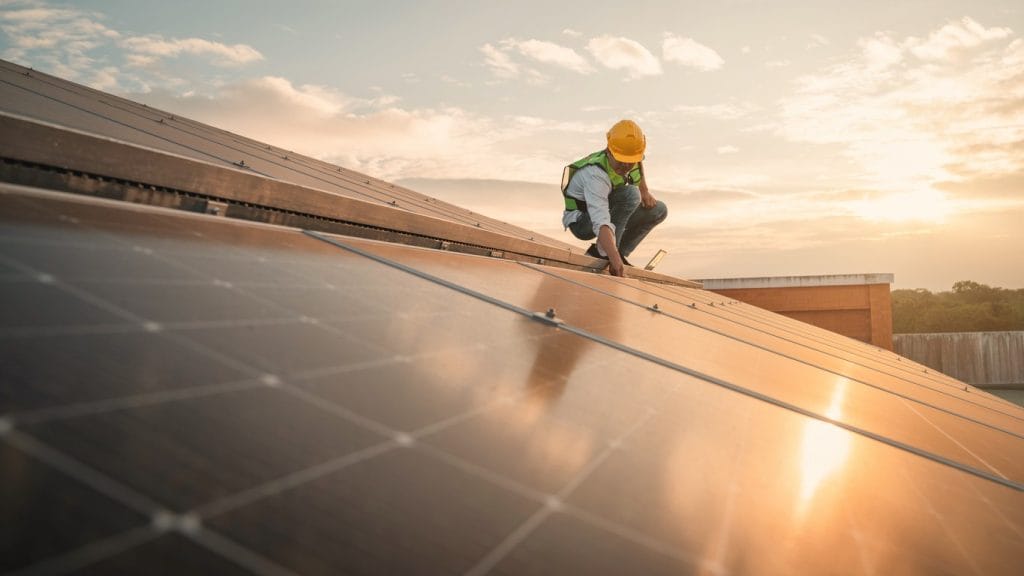
Demand in developing economies
China has dominated global solar growth, installing 57% of the world’s solar in 2023. The country commissioned as much solar PV last year as the entire world did in 2022. China is utilising solar energy across various applications, from large-scale power generation and industrial use to rural electrification and public infrastructure. However, the scale of the solar build-out is now slowing as Chinese grid infrastructure is struggling to cope with the volume of excess electricity, and policymakers are removing some of the price support that has fuelled the rapid expansion.
Record growth is not experienced in all parts of the world, with 80% of installations concentrated in the top 10 markets – which disproportionately include advanced economies. Solar PV has a huge potential as an abundant energy source in emerging economies. However, despite the falling costs of solar panels, developing nations have struggled to expand their solar installations due to limited access to affordable financing, underdeveloped grid infrastructure, and a shortage of skilled labour for installation and maintenance.
As the solar installation rate continues to lag behind the global supply, some oversupply may help emerging economies bridge the gap.
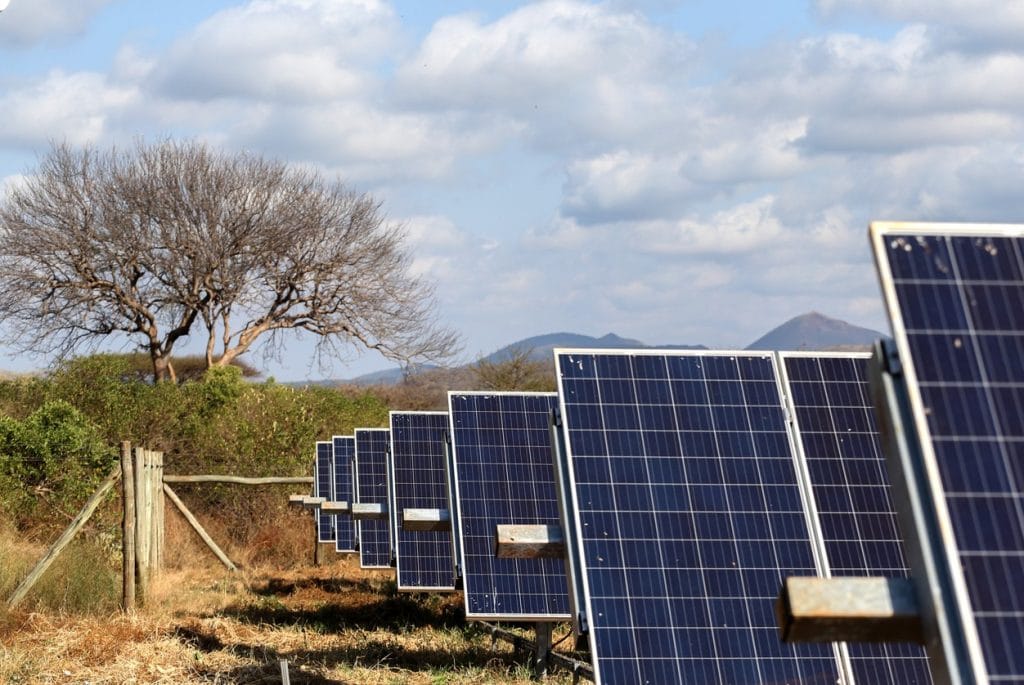
Global solar PV production
What’s clear is that global production is showing no sign of slowing its exponential growth.
The scale of the solar production boom in the last 15 years has been extraordinary. In 2009, the total installed solar energy capacity globally was 23.6 GW. At the end of 2023, that figure stood at 1.6 TW, nearly a 7,000% increase.
China has dominated global solar production for over a decade. In 2023, Chinese firms produced 93% of the world’s polysilicon for solar cells and have approximately 80-85% of overall solar PV manufacturing capacity. This dominance is driven by substantial government support, significant investments in research and development, and the establishment of large-scale manufacturing facilities. The Chinese government has provided subsidies, tax incentives, and favourable policies to boost the solar industry. Additionally, China’s efficient supply chain management, low labour costs, and economies of scale have given it an almost insurmountable lead as the largest solar PV producer.
The production process
Producers making 1st generation solar PV modules begin the process with quartz sand, a crystalline form of oxidised silicon. In silicon foundries, the quartz sand is heated to 1,900°C in electric-arc furnaces with carbon, producing molten polysilicon. This polysilicon is then cooled, crushed, and reacted with hydrochloric acid to create trichlorosilane, which is repeatedly distilled.
This silicon is remelted and cooled to form single crystals, which are sliced into thin wafers. These wafers are doped with chemicals, coated with an anti-reflective layer, and fitted with metal contacts to create solar cells. The cells are interconnected, encapsulated between protective layers, laminated, and framed to form durable solar modules. Despite the apparent complexity of this process, advances in manufacturing techniques, mass production and automation technology have driven costs down. New solar PV technology, such as thin-film solar cells, is also more straightforward and less intensive to produce.
There are some carbon emissions associated with the production of solar PV modules, typically around 50g of CO2 per kilowatt-hour produced during the first years of operating a solar energy system. However, life cycle analysis, considering raw material extraction, manufacturing, transportation, installation, maintenance, and disposal/recycling, shows a favourable carbon payback time, often within 1-3 years, meaning the emissions saved by the electricity generated quickly offset the emissions from production.
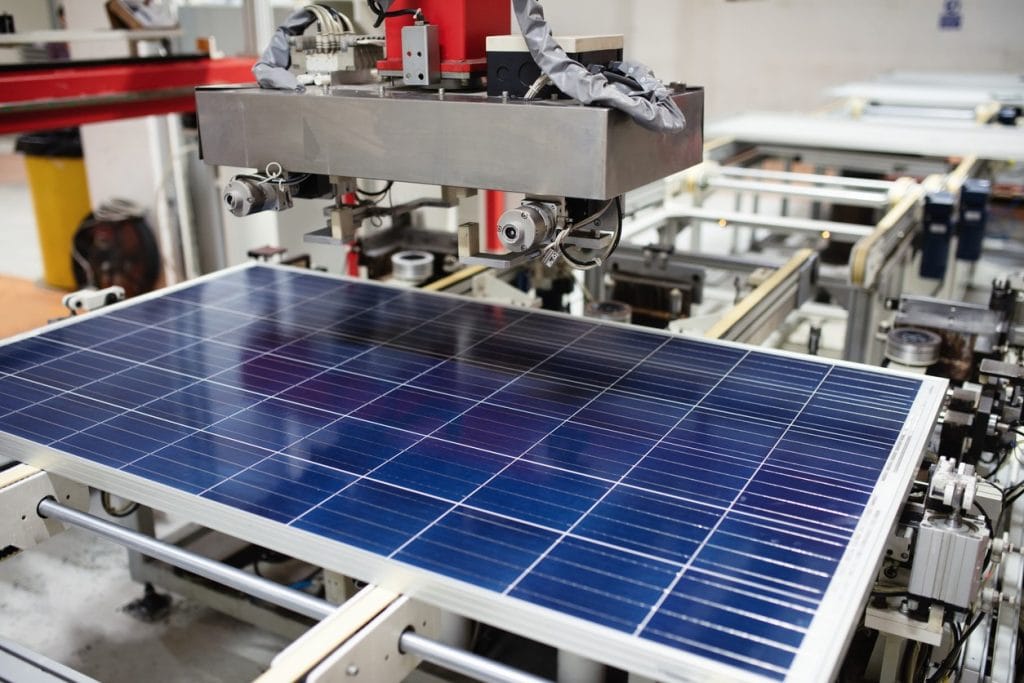
Supply challenges
China’s strategy of continuing its rapid production rate is not without issues. The oversupply of solar PV triggered and is now suppressing the collapse in global prices, which means that producers in the rest of the world cannot compete. The US, India, and Brazil have all placed import duties on cheap Chinese solar modules to stimulate local production. From 2021 to 2023, global manufacturing capacity for solar panels tripled and is projected to reach 1,100 GW per year by the end of 2024. However, projections indicate that over half of this manufacturing capacity will remain unused throughout this decade due to the widening gap between supply and global deployment.
A re-balancing of the market will surely come at some point, especially if Chinese authorities decide to reduce support. There are some small signs of contraction already in China, with Chinese solar manufacturers cancelling or delaying an estimated $8.3 billion in planned investments in 2024. Longi, one of the largest producers, is laying off up to 5% of its workforce, saying current prices are unsustainable.
However, the overcapacity issue will not be easily solved in the short term as more capacity continues to come online, and the Chinese government have shown little appetite to change course.
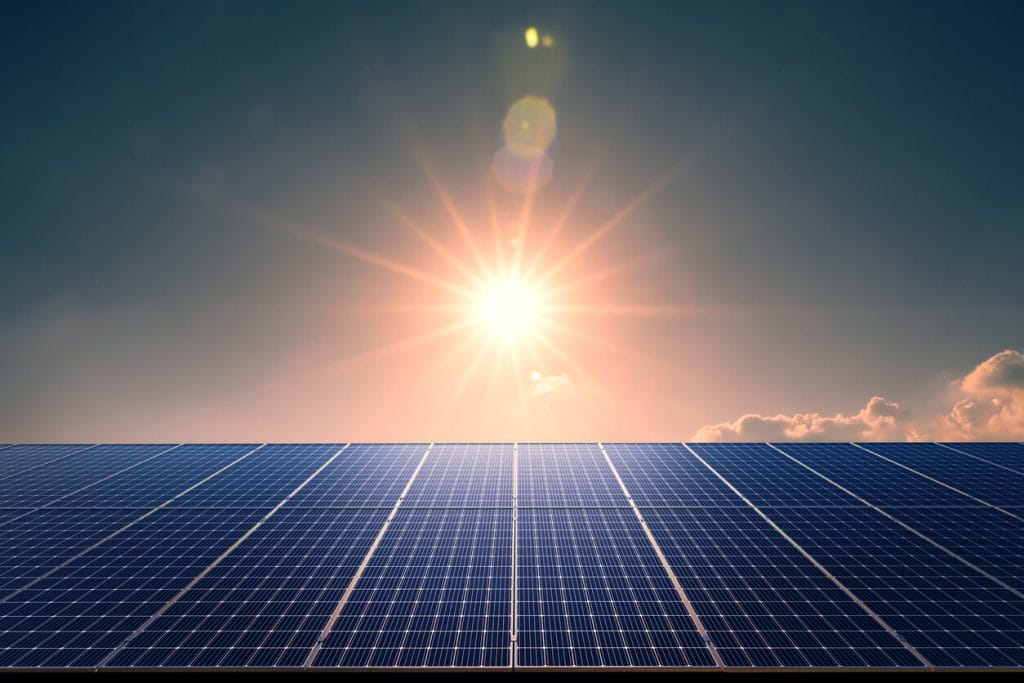
The potential of the solar revolution
While solar energy is set to become the predominant source of electricity by the mid-2030s, significant challenges remain. The intermittency of solar power, market oversupply of PV modules, and infrastructure constraints must be addressed to sustain the extraordinary growth we’ve seen in the last decade. Solar has the potential to revolutionise how the world thinks about energy. Having a decentralised and clean electricity generator on your house, powering your car or providing abundant electricity to your rural farm would create a fundamental change in productivity and create energy wealth for billions of people, many of whom can’t even light their homes.
The scale of this transformation is hard to overstate, but realising this vision will still require a concerted effort. Policymakers must invest in modernising their national grids and looking for new ways to foster international cooperation to ensure a more balanced supply-demand dynamic in the solar PV market. Storage technology is essential to the future of solar power as it manages the intermittency challenge. Significant investments in battery storage and other innovative solutions, such as pumped hydro and advanced grid management systems, are crucial.
With such advancements and robust policy frameworks, solar power can provide universal, flexible, and sustainable energy at a scale that would revolutionise the clean energy transition, but it’s not certain. We need a sustained effort to ensure solar reaches its next phase of global roll-out and can achieve its transformative potential.
